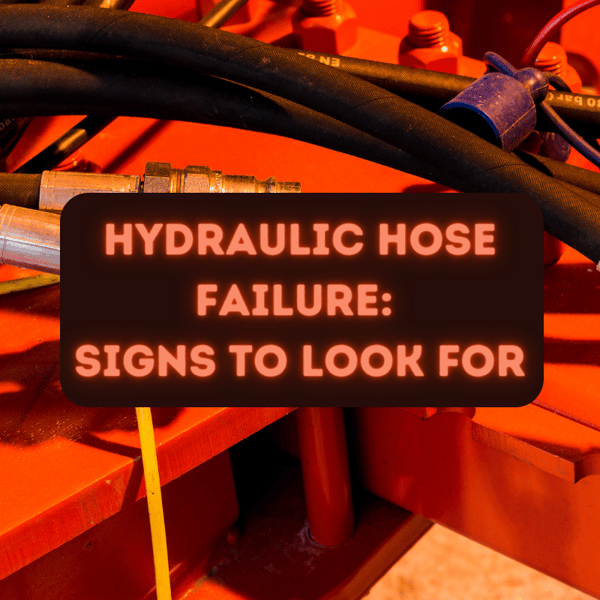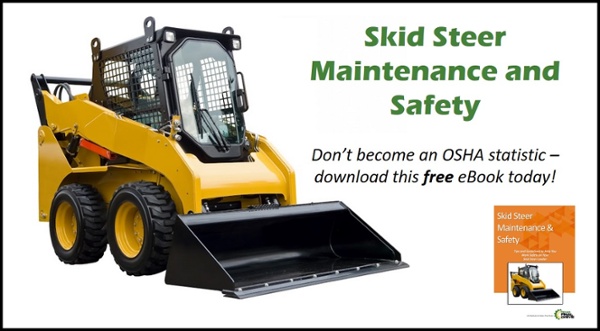Of course, there are obvious signs of hose failure: fluid spewing from a crack, a hose split wide open, or a hose blown off a connector. However, there are several signs you can look for that tell you failure is imminent -- and that’s the blog post's topic.

You’re in the field working on a job with a tight deadline when the lifting arm on your skid steer or boom on your compact excavator suddenly loses power. You step out of the machine and see the cause: a leaking hydraulic hose. While you may not know what’s happening inside a hydraulic hose, some signs on the outside can serve as a red flag to replace (and maybe reroute) that hose. Here's a discussion on what to look for during your daily equipment walkaround.
Here are some other Shop Talk blog posts you might want to look at:
Kinked Hydraulic Hose
If a hydraulic hose is kinked, it’s going to fail. Those kinks cause the pressure to build up as the fluid tries to force its way through the restriction -- and hydraulic fluid is already flowing at high pressure.
Another form of a kinked hose is one whose bend radius is too small. A tight curve can have the same effect as a kink, leading to a pressure buildup. And if that curve is close to where the hose connects, that connection can be weakened.
Pinched Hose
You may think that a pinched hose is something silly to include in this list: of course there will be problems when a hose is pinched between two surfaces, so consider this a reminder. The hose's interior and exterior will be weakened because stress increases at sharp points. Pinching can cause the hose's exterior, and later interior, to split open. Add some heat into the equation, and cracks are going to develop even faster.
Abrasive Wear
Check for hoses where the outside surface is showing signs of wear. This type of wear occurs when the hose is in moving contact with something. Notice I said moving contact: laying against a surface won’t cause wear issues as long as there is no movement. Remember that vibration is a movement and that regular vibration over a long time will cause wear.
Cracking or Brittleness
During your daily walkaround, you spot a hose that looks brittle, maybe with a large crack or a network of cracks. Sure -- that’s just the outside of the hose. But when the hose's exterior fails, it’s just a matter of time before the inside starts to fail as well. And cracks are a regular sign that a hose is aging. That aging could be just from normal use or from exposure to the sun and heat. Don’t ignore those cracks: they are a sign of impending failure.
Bubbles or Blisters
If you see a hydraulic hose with bubbles or blisters, fluid is leaking into the space between the interior tubing and the exterior tubing. That’s definitely bad and can have quite a few causes. Before you replace that hydraulic hose, check the chemical compatibility of the inner hose material and the hydraulic fluid you are using.
Conclusion
So here’s what to keep a look out for during your daily walkaround:
- Kinked Hose
- Pinched Hose
- Abrasive Wear
- Cracking or Signs of Brittleness
- Bubbles or Blisters
While hydraulic hose failure may not occur immediately, these symptoms show that a hydraulic hose needs to be replaced and possibly rerouted. And don't forget that hydraulic hoses can impact your final drive motors, too! Don't let a failed hose expose your final drive to damaging contamination.


